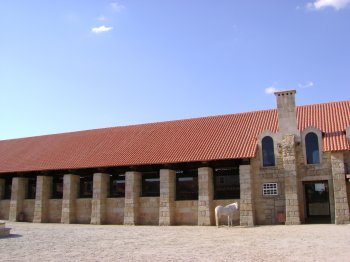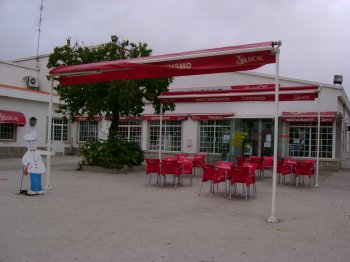Explore the best places
Discover new places in Almeida
Igreja Matriz de Nave / Igreja de São Tiago Maior
- heritage
Largo da Igreja
6350-311, Almeida
Isolated Church, of medieval Foundation in granite, consisting of chancel, nave, sacristy and Baptistry. Inside stands out: the foursquare pulpit, flanked by late-Baroque side altarpieces, reredos and chancel of gilt and polychrome national style. The belfry is isolated and has 2 records, being the top with Bell duo. It was rebuilt in the 17th century and kept the structural elements.
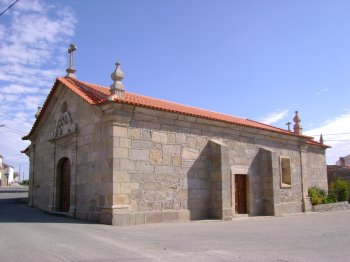
Igreja Matriz de Nave de Haver
- heritage
Largo da Igreja
6355-131, Vilar Formoso
17th century religious monument in granite. On the façade may be seen the Bell Tower, with outdoor access to the belfry and topped by a projecting cornice. The door is in round arch and surmounted by a small oval small. The Patron Saint is Saint Bartholomew.
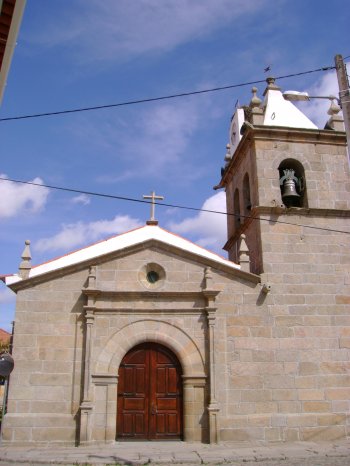
Igreja Matriz de Malhada Sorda
- heritage
Rua do Coro
6355-080, Vilar Formoso
Religious architecture from the 16th century located in plaza Largo de Chafariz, surrounded by necropolis and composed by a nave, main chapel and bell tower. On the interior it can be appreciated some murals behind the altar, even though its conservation state is daily affected by the humidity. The saint is São Miguel but the inhabitants from this region are particularly devoted to Our Lady of Ajuda (Help).
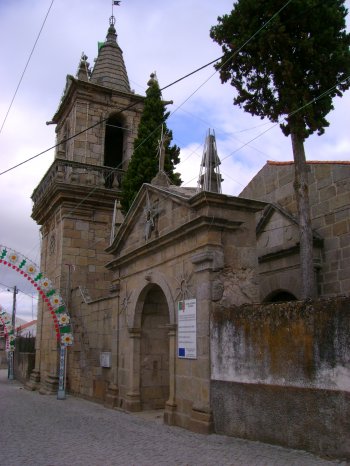
Igreja Matriz de Junça / Igreja de Santa Maria Madalena
- heritage
Rua da Igreja
6350-072, Almeida
18th century Church consists of nave, chancel, Bell Tower, sacristy and the adjoining room of chãs features. The façade, of simple strokes and in granite, has double belfry, wooden door and rectangular window. Inside the lining of the ship and the chancel by moulding azulejar contemporary manufacturing, simulating the model of 17th-century tiles.
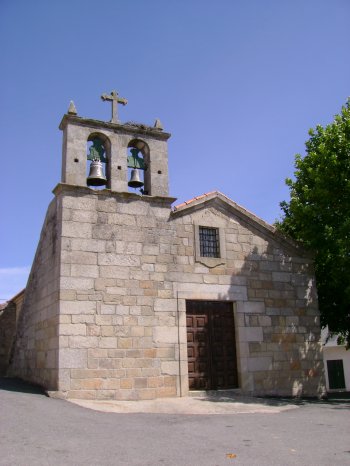
Igreja de São Vicente / Igreja da Misericórdia
- heritage
Largo de São Vicente
6355-051, Castelo Mendo
Given the successive reforms that was targeted, this church presents traces of various styles, with emphasis on the traces of Mannerist influence. It consists of nave, chancel and side chapel rectangle. Inside: the chalice shaped font and the gilt-painted altarpieces of national style.
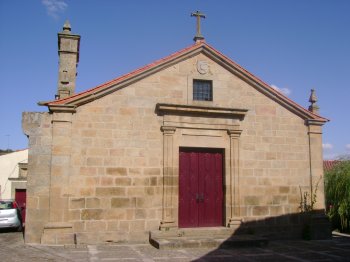
Igreja Matriz de Castelo Mendo / Igreja de São Pedro
- heritage
Largo do Pelourinho - Rua Direita, 2
6355-051, Vilar Formoso
Type of cult and religious monument, with eclectic features. Longitudinal composite plant, this church is composed of: nave, vestry and Bell Tower. The shot of the portal can see the arms of San Pedro. Gilded altarpieces. It is assumed that the chalice shaped font may have belonged to the old building.
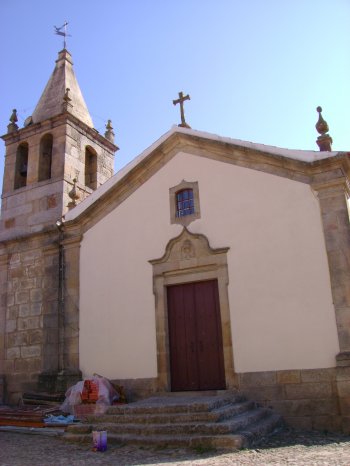
Igreja Matriz da Amoreira / Igreja de Santa Maria
- heritage
Amoreira
6355, Vilar Formoso
Its construction dates from 1614 and was built on a medieval temple that already existed. It consists of nave, Tower belfry, two sacristies and Bell Tower. Inside stands the liturgical furnishings of Mannerist and neo-Gothic type, as well as altarpieces of the chancel, also Mannerist. Highlights also include the painting of triumphal arch and chancel.
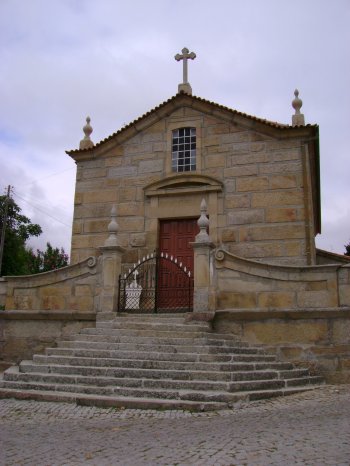
Portas Duplas de São Francisco ou da Cruz
- heritage
Almeida
6350, Almeida
17th-century doors, with similar structure to the Portas de Santo António. Their monumentality and distinct characteristics are moth. On the side you can see the House-of-guard, composed by bedroom, fireplace, railing for the terrace or inside the Village. Was masterful at the door who settled in the middle of the 19th century, the English Commissioner.

Picadeiro d' El Rey
- heritage
Rua das Muralhas - Baluarte de Nossa Senhora das Brotas
6350-130, Almeida
Esta construção grandiosa, de planta poligonal irregular, situa-se no Baluarte de Nossa Senhora das Brotas, e teve várias utilizações, como Trem de Artilharia ou Quartel do Destacamento de Artilharia, até assumir as atuais funções. Após ter caído em ruínas na segunda metade do século XIX, foi posteriormente requalificado no final do século XXI, mantendo algumas estruturas originais como o portal coroado com as armas reais, o edifício das manjedouras, o muro circular e as paredes laterais com contrafortes. É composto por cavalariças, com capacidade para 21 cavalos, zonas de trabalho e picadeiros coberto e aberto, entre outras áreas.
